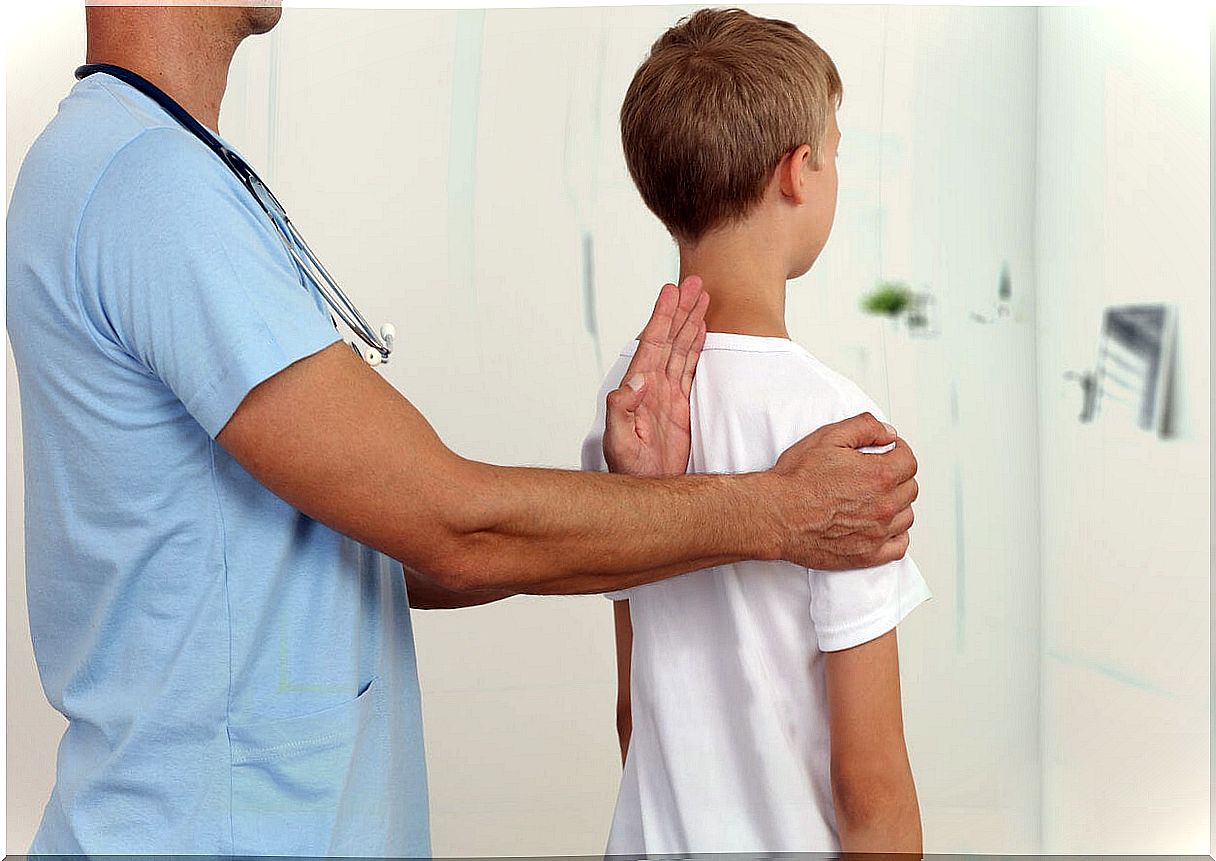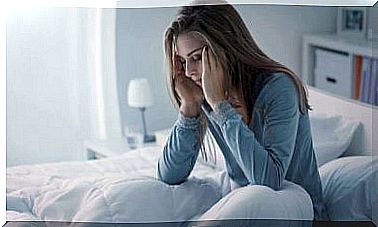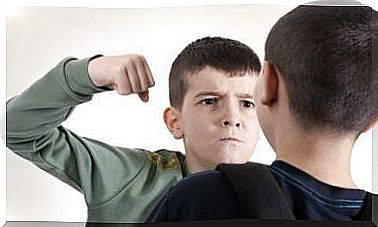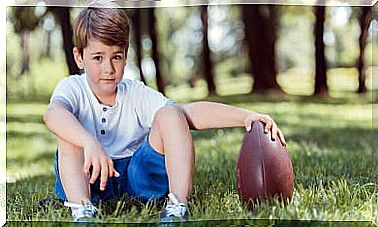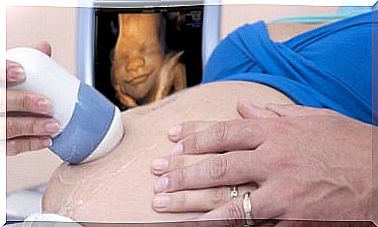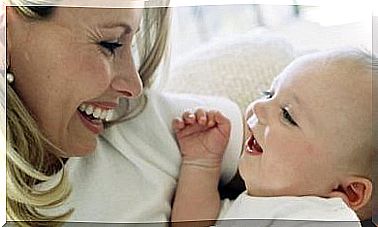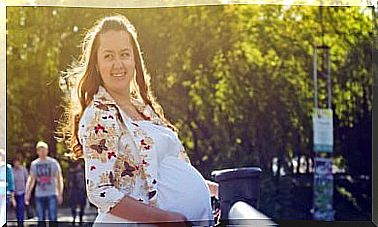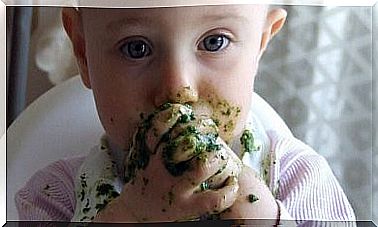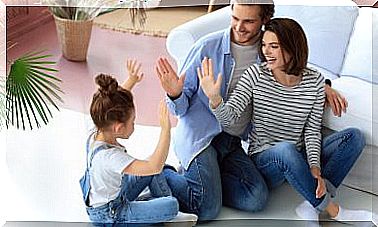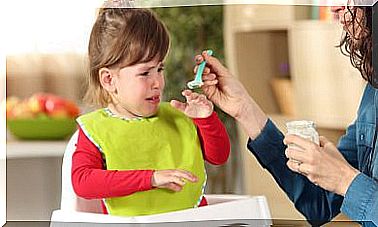Low Back Pain In Children And Adolescents
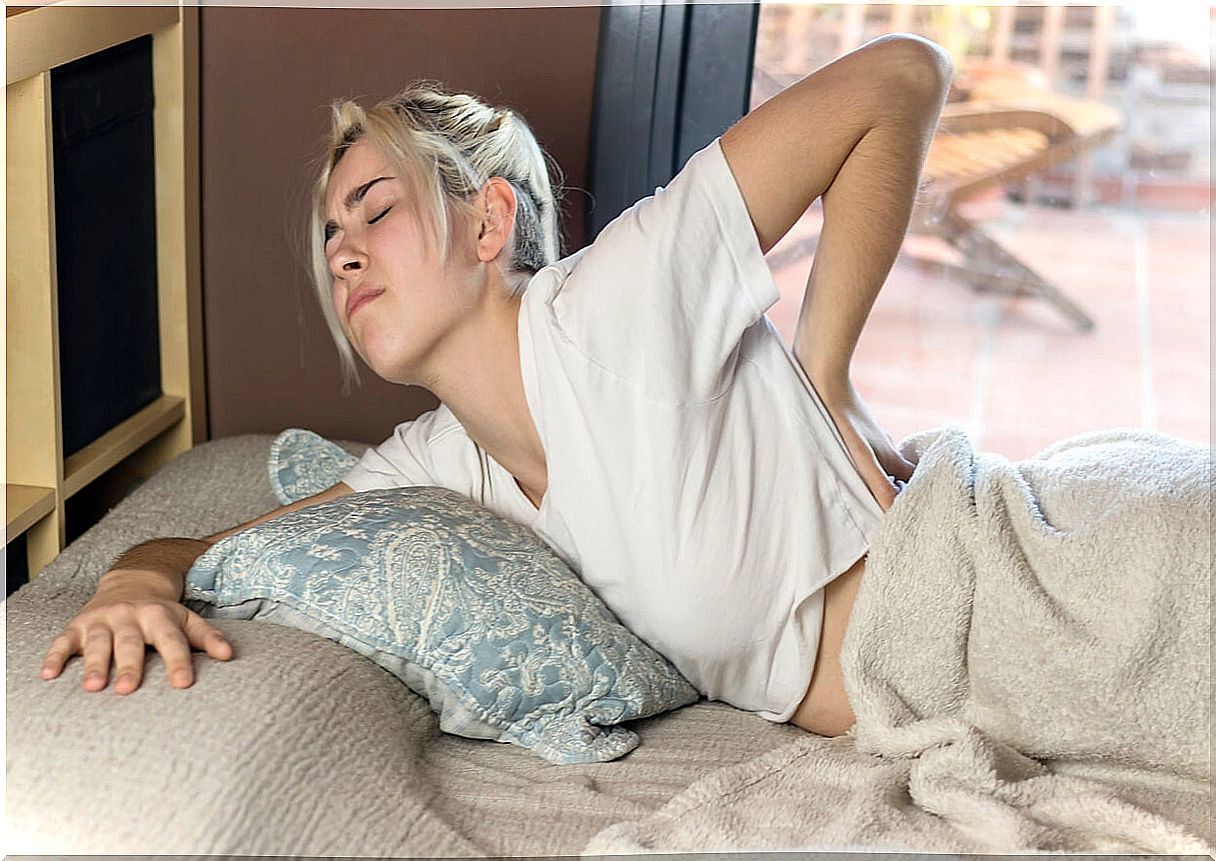
Low back pain is called low back pain. It is more common in adolescents than in children, although in adult life it is increasingly common. It is a symptom that many clinical pictures and diseases of all ages have in common. If we refer to the anatomy, the lumbar is a transition zone that supports a large part of the body’s weight.
Young children suffer the least from low back pain. However, the incidence increases with age, as adolescents approach adulthood, they experience low back pain more frequently.
Causes of low back pain in children and adolescents
Work activities, daily stress, and a lack of healthy habits are the most common causes of low back pain in adults. However, when it comes to children and adolescents, suspicions are more related to congenital disorders, trauma or secondary to some direct or indirect trauma. In addition, there are other common causes of low back pain:
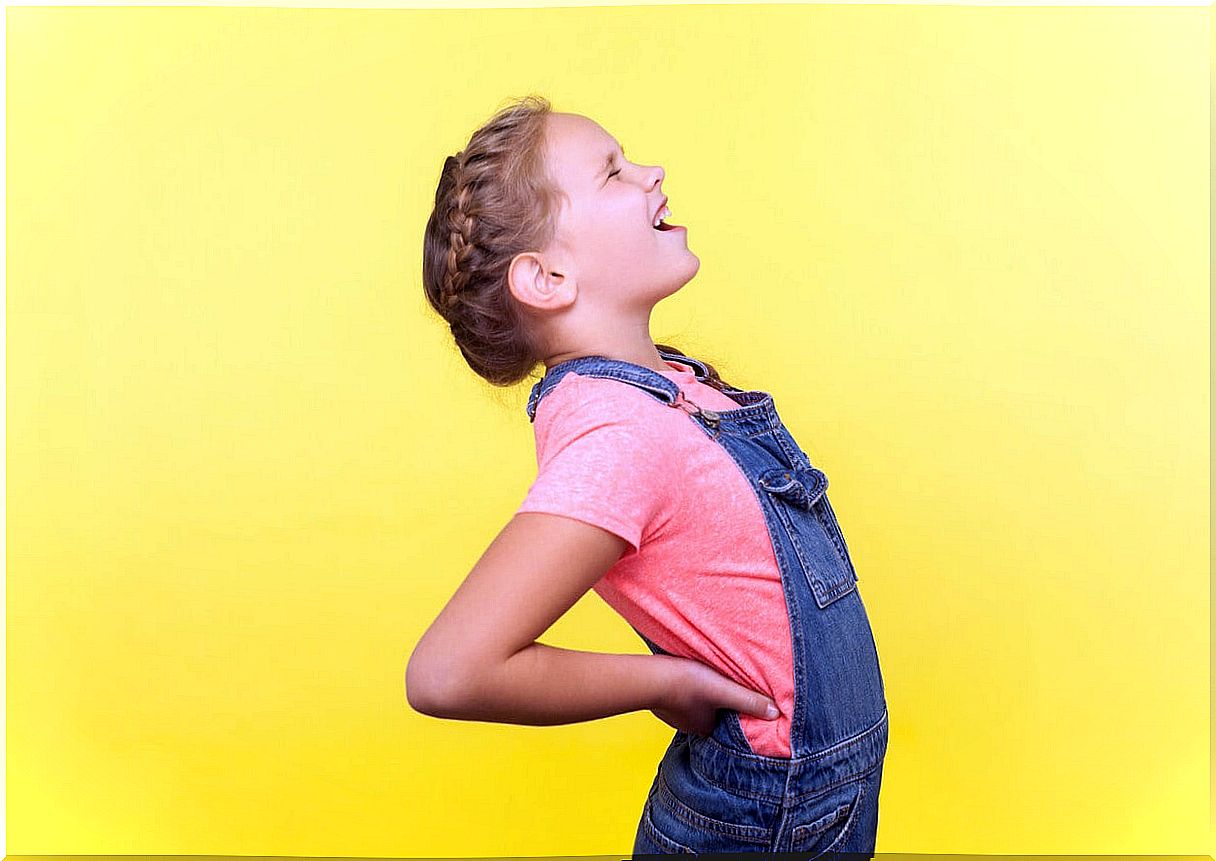
- After excessive effort : in these cases there is no major injury. They tend to improve spontaneously, although they sometimes need conservative treatment with physical therapy.
- Puberty : some theories speak of the relationship of the onset of puberty with pain in the lower back, which shows the influence of hormonal changes in the locomotor system.
- Schooling : school backpacks, with loads that exceed 10% of the student’s body weight, are an important risk factor for low back pain.
- Lack of physical care : the lack of physical activity, as well as excessive training and toxic habits such as smoking can trigger low back pain.
- Posture : the way you sit on the school bench is another extremely important factor, since it is a posture that is maintained for long periods in the school years. Therefore, sitting incorrectly is really a risk factor for the health of children and adolescents.
- Emotional factors : this is the case of stress or depressive conditions, for example. The body expresses emotional situations through postural attitudes, which can trigger low back pain.
How to prevent low back pain?
The prevention of low back pain covers different areas, among them, healthy eating habits is one of the first to consider. As well as conscientious physical activity, which includes abdominal strengthening to protect the spine.
Postural hygiene should be taught to parents, and they should teach it to their children, so that the activities of daily living and posture at school are carried out in a healthy way.
There are more and more preventive programs in education that improve body awareness in children and adolescents. They include theoretical information and physical exercises that improve the health of students in the short and long term. These programs are coordinated by teachers in conjunction with health professionals.
Treatment for low back pain in children and adolescents
As in any health issue, the treatment will depend on the cause and the clinical status of each patient. In any case, we can roughly describe the conservative treatment that is carried out from physiotherapy for the treatment of low back pain in children and adolescents.
Pediatric physical therapy includes self-education and preventive measures, such as postural hygiene. In addition, it uses physical agents, such as electroanalgesia, to reduce local pain. He also performs manual techniques, which in addition to influencing the reduction of pain, work the cause that produces low back pain. This is accompanied by therapeutic exercises; some are done in session and others are indicated to be done at home.
It is essential that caregivers accompany the child or adolescent, both in the session and in the activities indicated for the home. The physical and emotional support helps the treatment to be more effective and better incorporated, as well as the encouragement to carry out recreational physical activity as another habit of daily life.
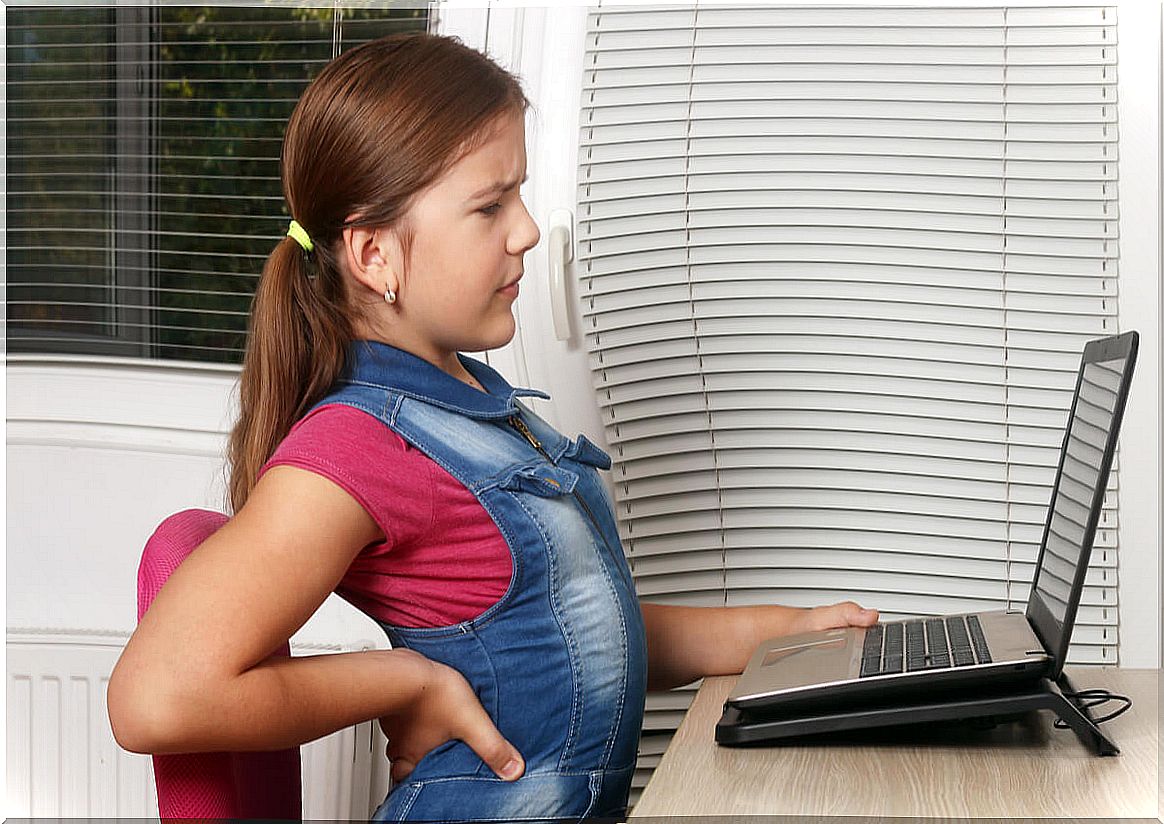
What can I do at home if my child has low back pain?
After consulting your pediatrician and ruling out serious low back pain, you can help your child at home. The child or adolescent can lie on their stomach, with a pillow under their pubis. Using an essential oil or a mild cream as a gliding medium, the lower back is massaged.
The massages should be done with the whole hand in contact with the child’s skin, avoiding pressing the areas where the bones are more prominent, such as the spine. The aim is to “knead” the muscular area, with alternating movements between one hand and the other. Massages with the application of local heat can also be complemented with warm or moderately hot compresses. However, you must bear in mind that these tips do not replace the treatment carried out by a professional.
It is essential that parents know the importance of prevention in the stages of development, in which the body grows rapidly. And it is very easy to incorporate habits, both healthy and unhealthy. So home education and observation can really make a difference.
Therefore, if your child suffers from pain in the lower back, a medical consultation should be done first. The pediatrician will determine if medical treatment with analgesics will be necessary or if it should be complemented with physical therapy. And, if it is a mild low back pain, without injuries or other complications, you can help him at home with gentle massages.
